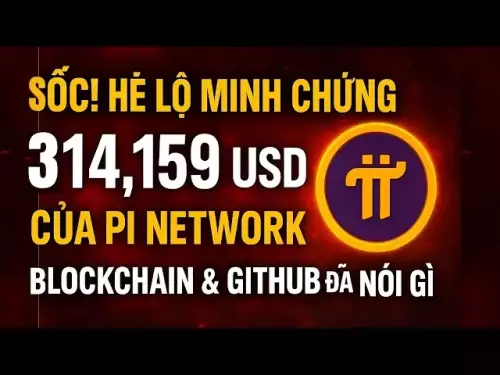-
 bitcoin
bitcoin $109547.008142 USD
0.04% -
 ethereum
ethereum $4011.838726 USD
-0.05% -
 tether
tether $1.000402 USD
-0.01% -
 xrp
xrp $2.798606 USD
0.88% -
 bnb
bnb $970.877944 USD
1.39% -
 solana
solana $202.237275 USD
-0.95% -
 usd-coin
usd-coin $0.999673 USD
0.00% -
 dogecoin
dogecoin $0.229294 USD
-1.15% -
 tron
tron $0.336370 USD
-0.45% -
 cardano
cardano $0.777260 USD
-1.66% -
 hyperliquid
hyperliquid $45.503019 USD
1.73% -
 ethena-usde
ethena-usde $1.000362 USD
0.01% -
 chainlink
chainlink $20.785303 USD
-1.10% -
 avalanche
avalanche $28.755822 USD
-0.11% -
 stellar
stellar $0.358303 USD
-0.48%
What currency is USDT perpetual contract
USDT perpetual contracts offer leverage and flexibility for traders seeking potential high returns and hedging opportunities, but it's crucial to consider price volatility, leverage risk, and other associated risks.
Oct 22, 2024 at 03:53 am

- Definition of USDT Perpetual Contract
A USDT perpetual contract is a type of financial derivative that allows traders to speculate on the price of an underlying asset, such as Bitcoin or Ethereum, without taking physical ownership of it. The value of the contract is denominated in USDT (Tether), which is a stablecoin pegged to the US dollar.
- Key Features of USDT Perpetual Contracts
- Leverage: USDT perpetual contracts offer leverage, allowing traders to multiply their potential gains (or losses).
- No expiry date: Unlike regular futures contracts, USDT perpetual contracts have no expiry date, enabling traders to hold their positions indefinitely.
- Funding rate: Perpetual contracts utilize a funding rate to balance traders' positions.
- Underlying Assets for USDT Perpetual Contracts
USDT perpetual contracts are offered for various underlying assets, including:
- Cryptocurrencies (e.g., Bitcoin, Ethereum, Solana)
- Commodities (e.g., Gold, Silver)
- Indices (e.g., S&P 500, Nasdaq 100)
- Benefits of Trading USDT Perpetual Contracts
- 24/7 trading: Perpetual contracts can be traded around the clock, regardless of market hours.
- Flexibility: Traders can adjust their positions and leverage levels as needed.
- Potential for high returns: Leverage can amplify potential gains, but it also increases risk.
- Hedging: Perpetual contracts can be used to hedge existing crypto positions or speculate on price movements.
- Risks of Trading USDT Perpetual Contracts
- Price volatility: The value of cryptocurrencies can fluctuate rapidly, leading to significant losses.
- Leverage risk: Leverage amplifies both profits and losses.
- Funding rate: Funding rates can fluctuate and may impact traders' profitability.
- Smart contract risk: USDT perpetual contracts are based on smart contracts, which may be subject to bugs or exploits.
- Exchanges offering USDT Perpetual Contracts
Numerous cryptocurrency exchanges offer USDT perpetual contracts, including:
- OKX
- Binance
- Huobi
- Coinbase
- Kraken
Disclaimer:info@kdj.com
The information provided is not trading advice. kdj.com does not assume any responsibility for any investments made based on the information provided in this article. Cryptocurrencies are highly volatile and it is highly recommended that you invest with caution after thorough research!
If you believe that the content used on this website infringes your copyright, please contact us immediately (info@kdj.com) and we will delete it promptly.
- Altcoin Season Heats Up: Is ARB, PEPE, or a New Challenger Your Best Bet?
- 2025-09-28 10:25:11
- Shiba Inu, Meme Coins, and Popularity: What's Hot and What's Not in the Wild World of Crypto
- 2025-09-28 10:25:11
- Cardano, Toncoin, and the Quest for Crypto's Next Big Thing
- 2025-09-28 10:45:12
- XRP, Ripple, and the Payment Token Race: What's Next?
- 2025-09-28 10:45:12
- MoonBull Mania: Is This the Next Bonk in the Cryptoverse?
- 2025-09-28 10:30:00
- Bitcoin's 'Uptober' Hopes Clash with Selling Pressure: A New Yorker's Take
- 2025-09-28 10:50:01
Related knowledge

How do I enable the "scalping-only" mode for Cardano (ADA) contracts?
Sep 24,2025 at 03:19am
Understanding Scalping Strategies in Crypto Derivatives1. Scalping in cryptocurrency trading refers to executing multiple short-term trades within min...
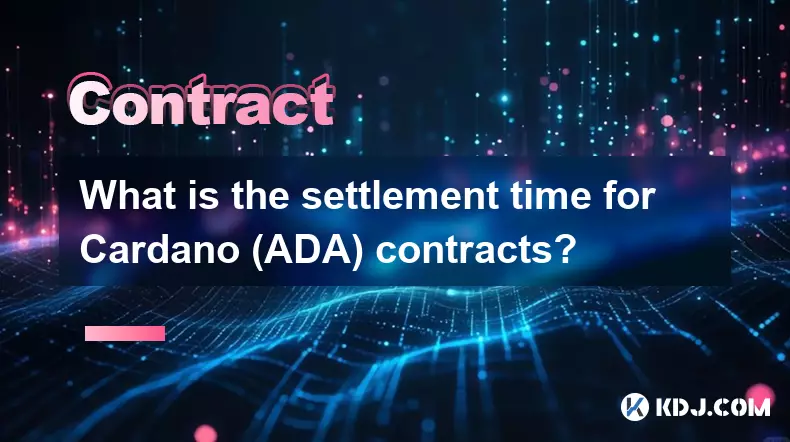
What is the settlement time for Cardano (ADA) contracts?
Sep 28,2025 at 04:18am
Understanding Cardano's Contract Settlement Mechanism1. Cardano operates on a proof-of-stake consensus model known as Ouroboros, which fundamentally i...

How do I add margin to Cardano (ADA) contracts?
Sep 27,2025 at 07:54pm
Understanding Margin in Cardano (ADA) Smart ContractsCardano operates on a proof-of-stake blockchain that supports smart contracts through its Plutus ...
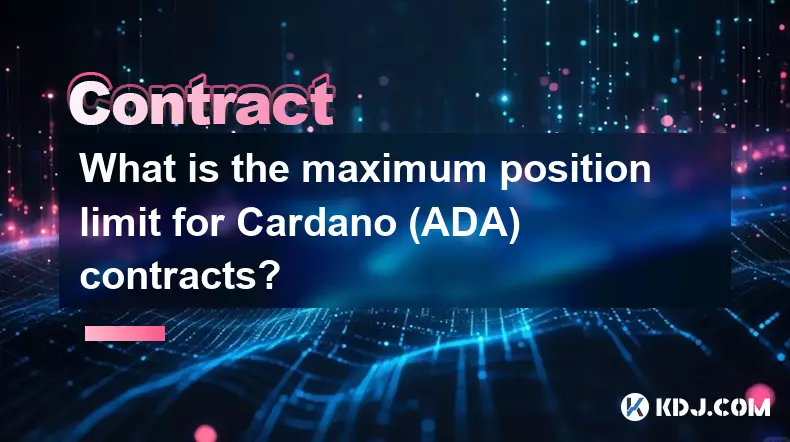
What is the maximum position limit for Cardano (ADA) contracts?
Sep 23,2025 at 11:00pm
Understanding ADA Futures and Derivatives Market Structure1. Cardano (ADA) futures contracts are offered by several major cryptocurrency derivatives e...
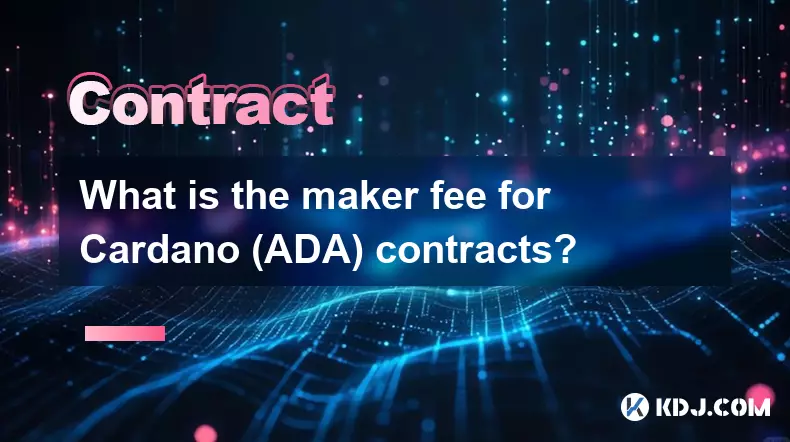
What is the maker fee for Cardano (ADA) contracts?
Sep 26,2025 at 09:01am
Understanding Maker Fees in Cardano (ADA) Contracts1. The concept of maker fees applies broadly across decentralized exchanges and smart contract plat...
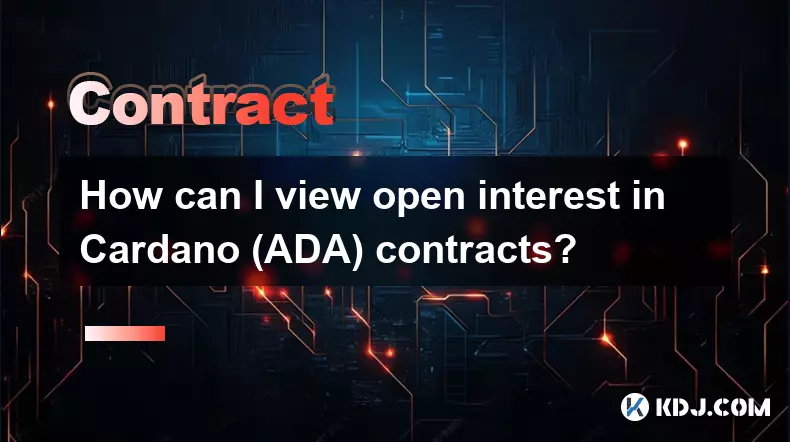
How can I view open interest in Cardano (ADA) contracts?
Sep 24,2025 at 07:36am
Understanding Open Interest in Cardano Derivatives1. Open interest refers to the total number of outstanding derivative contracts, such as futures or ...

How do I enable the "scalping-only" mode for Cardano (ADA) contracts?
Sep 24,2025 at 03:19am
Understanding Scalping Strategies in Crypto Derivatives1. Scalping in cryptocurrency trading refers to executing multiple short-term trades within min...

What is the settlement time for Cardano (ADA) contracts?
Sep 28,2025 at 04:18am
Understanding Cardano's Contract Settlement Mechanism1. Cardano operates on a proof-of-stake consensus model known as Ouroboros, which fundamentally i...

How do I add margin to Cardano (ADA) contracts?
Sep 27,2025 at 07:54pm
Understanding Margin in Cardano (ADA) Smart ContractsCardano operates on a proof-of-stake blockchain that supports smart contracts through its Plutus ...

What is the maximum position limit for Cardano (ADA) contracts?
Sep 23,2025 at 11:00pm
Understanding ADA Futures and Derivatives Market Structure1. Cardano (ADA) futures contracts are offered by several major cryptocurrency derivatives e...

What is the maker fee for Cardano (ADA) contracts?
Sep 26,2025 at 09:01am
Understanding Maker Fees in Cardano (ADA) Contracts1. The concept of maker fees applies broadly across decentralized exchanges and smart contract plat...

How can I view open interest in Cardano (ADA) contracts?
Sep 24,2025 at 07:36am
Understanding Open Interest in Cardano Derivatives1. Open interest refers to the total number of outstanding derivative contracts, such as futures or ...
See all articles


























